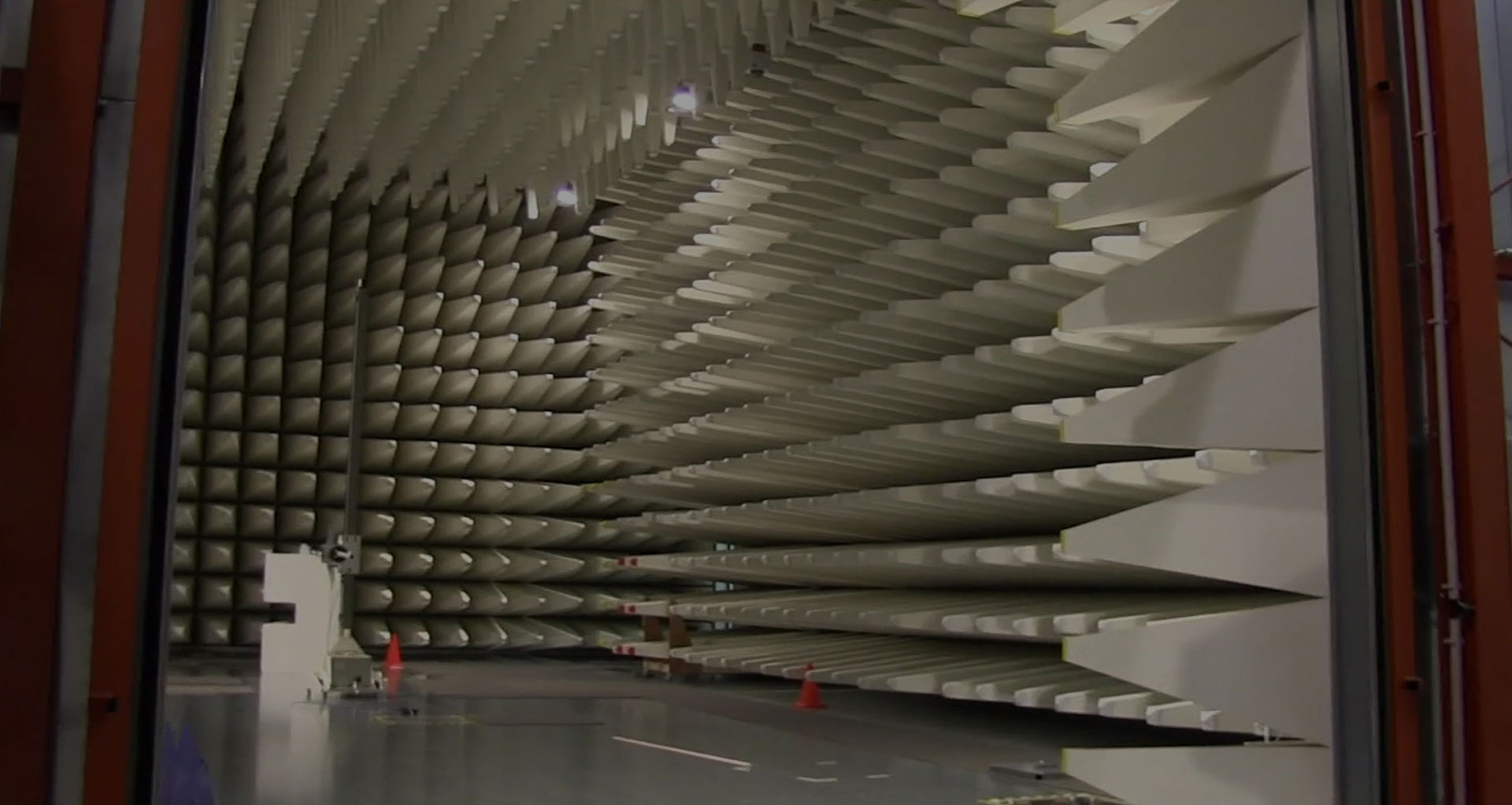Electromagnetic Compatibility Directive (2014/30/EU)
The Electromagnetic Compatibility Directive (2014/30/EU) applies to electrical and electronic equipments. All electric devices or installations influence each other when interconnected or close to each other, e.g. interference between TV sets, GSM handsets, radios and nearby washing machine or electrical power lines. The purpose of electromagnetic compatibility (EMC) is to keep all those side effects under reasonable control. EMC designates all the existing and future techniques and technologies for reducing disturbance and enhancing immunity.
The electromagnetic compatibility (EMC) Directive 2014/30/EU ensures that electrical and electronic equipment does not generate, or is not affected by, electromagnetic disturbance.
The main objectives of the directives are to regulate the compatibility of equipment regarding EMC:
- Equipment(apparatus and fixed installations) needs to comply with EMC requirements when it is placed on the market and/or taken into service
- The application of good engineering practice is required for fixed installations, with the possibility that competent authorities of EU countries may impose measures in instances of non-compliance.
Conformity Assessment Procedure for CE certification
Testing of Products is carried out according to relevant international standards to verify compliance with the requirements. The test results will, together with other technical documentation form the basis for declaring conformity with the directive, and affix the CE mark on the product.
CE marking represents a visible consequence of a whole process comprising conformity assessment in a broad sense. It is important both to customers and public authorities.

